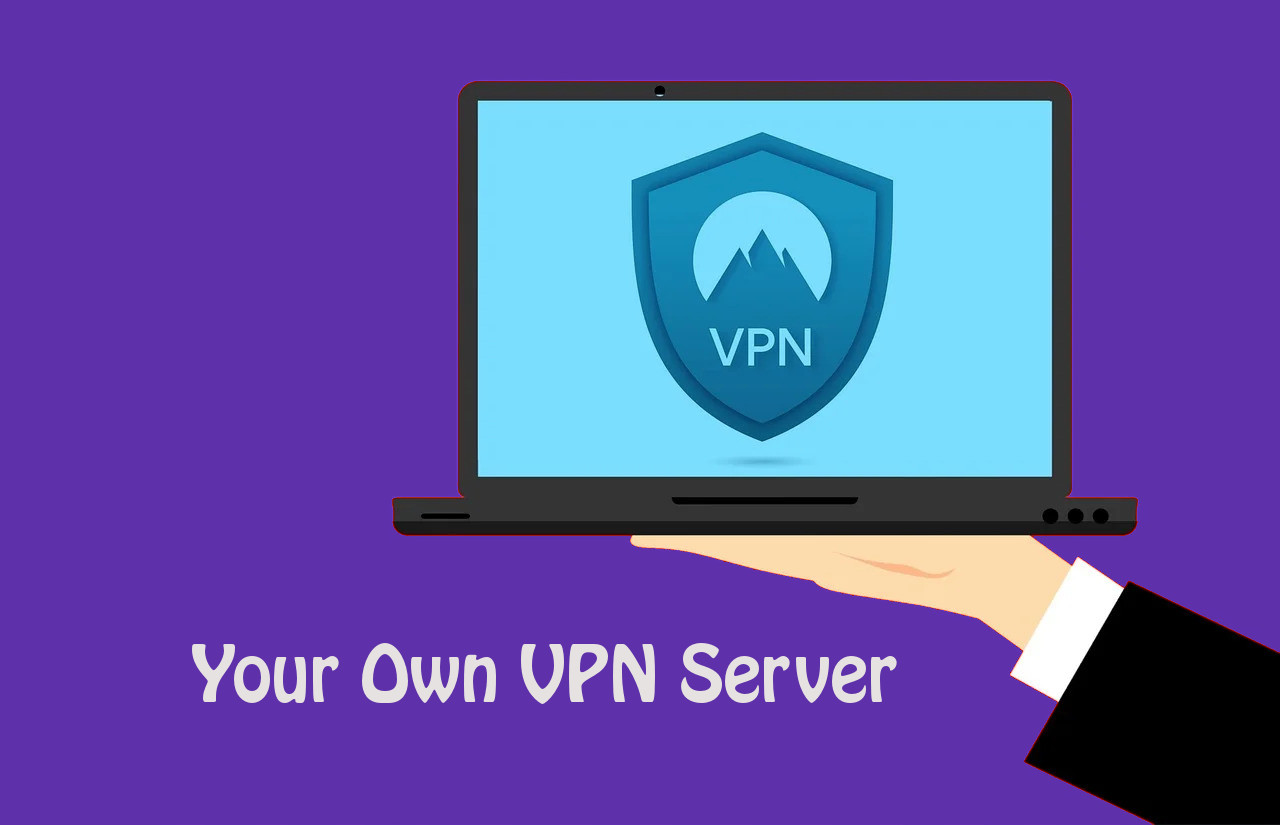
Running your own VPN server gives you control over your online privacy and security. Here’s a step-by-step guide on how to set up your own VPN server:
Step 1: Choose a Server Platform
The first step is to select a server platform that suits your needs. This can be a dedicated server, a virtual private server (VPS), or even a cloud-based server. Consider factors such as hardware specifications, scalability, and budget when making your choice.
Step 2: Install the Operating System
Once you have your server platform, install a suitable operating system on it. Popular choices include Ubuntu, Debian, CentOS, or other Linux distributions. Make sure to follow the installation instructions specific to your chosen operating system.
Step 3: Configure Network Settings
Configure the network settings on your server. This involves assigning a static IP address to your server, setting up DNS settings, and configuring port forwarding if necessary. Ensure that your server has a stable internet connection and the necessary networking infrastructure in place.
Step 4: Install VPN Server Software
Choose and install the VPN server software of your preference. Options like OpenVPN, SoftEther VPN, and WireGuard are commonly used. Follow the installation instructions provided by the VPN server software provider for your chosen operating system.
Step 5: Generate SSL/TLS Certificates
Generate SSL/TLS certificates to ensure secure communication between the VPN server and clients. These certificates authenticate the server and enable encrypted data transmission. You can use tools like OpenSSL to generate the certificates and configure the VPN server to use them.
Step 6: Configure VPN Server
Configure the VPN server settings according to your requirements. This includes specifying encryption algorithms, authentication methods, and network protocols. You may also set up additional features such as split tunneling, DNS resolution, and firewall rules to enhance the functionality and security of your VPN server.
Step 7: Set Up User Authentication
Create user accounts for individuals who will connect to your VPN server. Configure the authentication methods such as username-password authentication or certificate-based authentication. Ensure that strong passwords or secure certificates are used to protect the VPN server access.
Step 8: Configure Firewall and Routing
Set up firewall rules to allow VPN traffic and restrict unauthorized access to your server. Configure routing settings to ensure that VPN clients can access the internet or connect to other resources within your network. Regularly monitor and update firewall and routing configurations to maintain security.
Step 9: Test and Troubleshoot
Test the VPN server by connecting from client devices. Verify that the VPN connection is established successfully and data is encrypted. Troubleshoot any issues that may arise, such as connectivity problems or configuration errors, to ensure the smooth operation of your VPN server.
Step 10: Regular Maintenance
Perform regular maintenance tasks to keep your VPN server up to date and secure. This includes applying software updates, patches, and security fixes. Monitor server performance, log files, and user activities to detect and address any potential issues or security threats promptly.
Running your own VPN server requires technical knowledge and expertise. It’s important to follow security best practices and stay informed about the latest developments in VPN technology to maintain the privacy and security of your VPN server and the connected clients.



